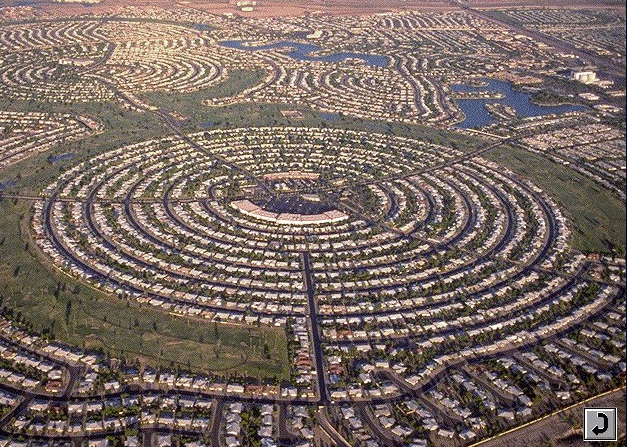Most people would agree that Nairobi is one of the most pedestrian-unfriendly cities in the world.
It is a city built for the motor vehicle, not for people who ride bicycles or walk.
Few of the new roads that have been built have pavements or bicycle paths alongside them.
Yet, pedestrians and cyclists comprise the majority of road users in the city.
If Nairobi were a place that catered to the needs of most of its residents, there would be more pavements, bicycle paths, public parks, and playing fields in the city.
The irony is that, despite having more roads in the city, traffic in Nairobi has reached nightmare proportions.
This contradiction was predicted some years ago by Enrique Penalosa, the former mayor of the Colombian capital, Bogota, when he gave a public lecture at the University of Nairobi.
Penalosa said that expansion of the road network in many cities had shown that instead of reducing vehicular traffic, it actually increased it.
This could explain why, despite the construction of several bypasses on Mombasa Road, Uhuru Highway remains the most congested artery in the city at all hours of the day. (It takes an average of two hours to get from the Jomo Kenyatta International Airport to the Westlands roundabout via Uhuru Highway — I know because I use this route regularly.)
The former mayor said that instead of making more room for cars, cities should make more room for pedestrians, cyclists, and rapid transit systems.
This would encourage residents to use alternative forms of transport, which would lessen traffic on the roads.
When he was mayor of Bogota between 1998 and 2001, Penalosa created a bus rapid transit system featuring bus-only lanes. (Wouldn’t it be great if Nairobi had matatu-only lanes? It would create order on the roads — that is, of course, if traffic police officers do not take bribes from matatu drivers who veer into the wrong lanes.)
DIVIDE
Penalosa will be remembered for building an extensive network of bicycle paths and pedestrian-only streets at a time when cities such as London and Paris had not even thought of them. (Now both London and Paris are emulating the Bogota example.)
The former mayor says that today’s cities need to be totally re-designed to cater for motorised transport.
In an interview with the online Citiscope magazine, he stated: “For 5,000 years we designed cities for people without cars. When cars appeared, we should have begun designing totally different cities. We did not. We just made bigger roads.”
Penalosa is also a great advocate of public parks and playing fields.
He notes that New York City created Central Park in 1860 when the city was much poorer than it is today, and that London, a heavily built-up city, has 1,500 public football fields that are open and free to all residents.
(In contrast, Nairobi county Senator Mike Sonko has suggested that Uhuru Park be turned into a matatu stage and land grabbers have attempted to steal playgrounds in Nairobi’s public schools.)
He also looks down on the new trend of shopping malls, which he says prevents city dwellers from walking in and enjoying their city.
Local neighbourhood shops disappear as the rich flock to enclosed malls.
City streets were once the great levellers where the rich interacted with the poor.
Not so any more. The shopping mall has created social apartheid between the urban rich and poor.
One of the pitfalls of devolution is that urban areas may suffer under a system where devolved funds are used to cater mostly for rural populations in the counties rather than the needs of urban dwellers.
GOOD QUESTION
While this is understandable, given the marginalisation of several regions under the previous centralised system, neglecting cities and towns may come to haunt us in the future.
Perhaps there is a need to create a national urban authority whose main aim would be to ensure that the country’s urban areas are managed, planned, and designed in a way that promotes equity, sustainability, and aesthetics.
Rescuing cities and towns would also mean rescuing the economy — urban-based economic activities generate more than half of Kenya’s GDP.
Which brings me to another question: why are the roads in Nairobi’s industrial area — the nerve centre of Kenya’s manufacturing and industrial activities — among the most dilapidated and pot-holed in the city?
